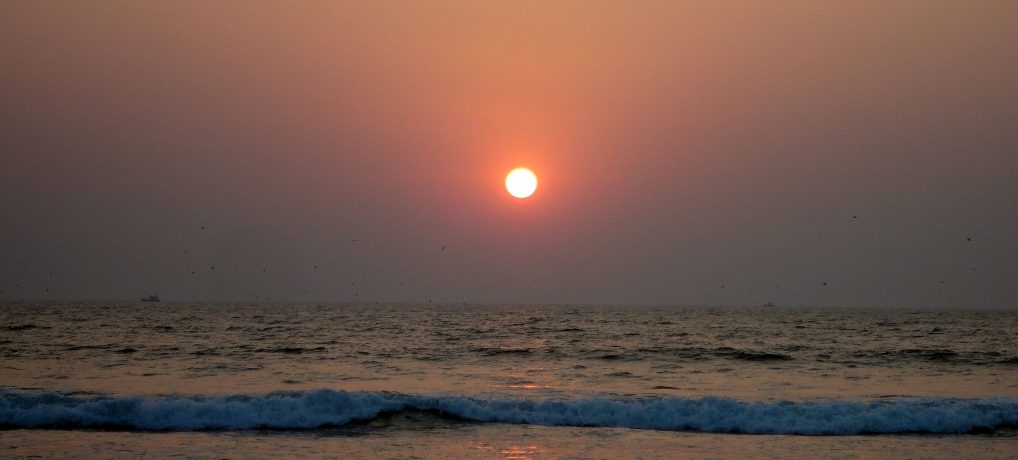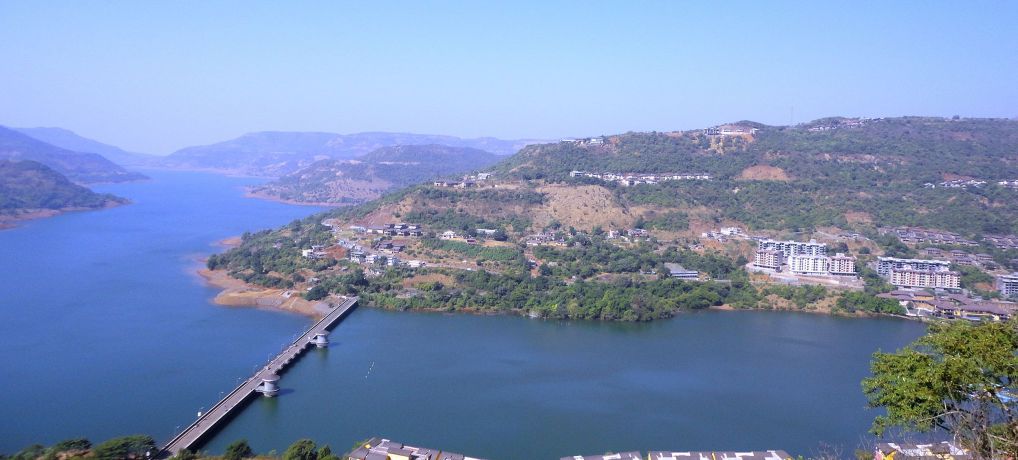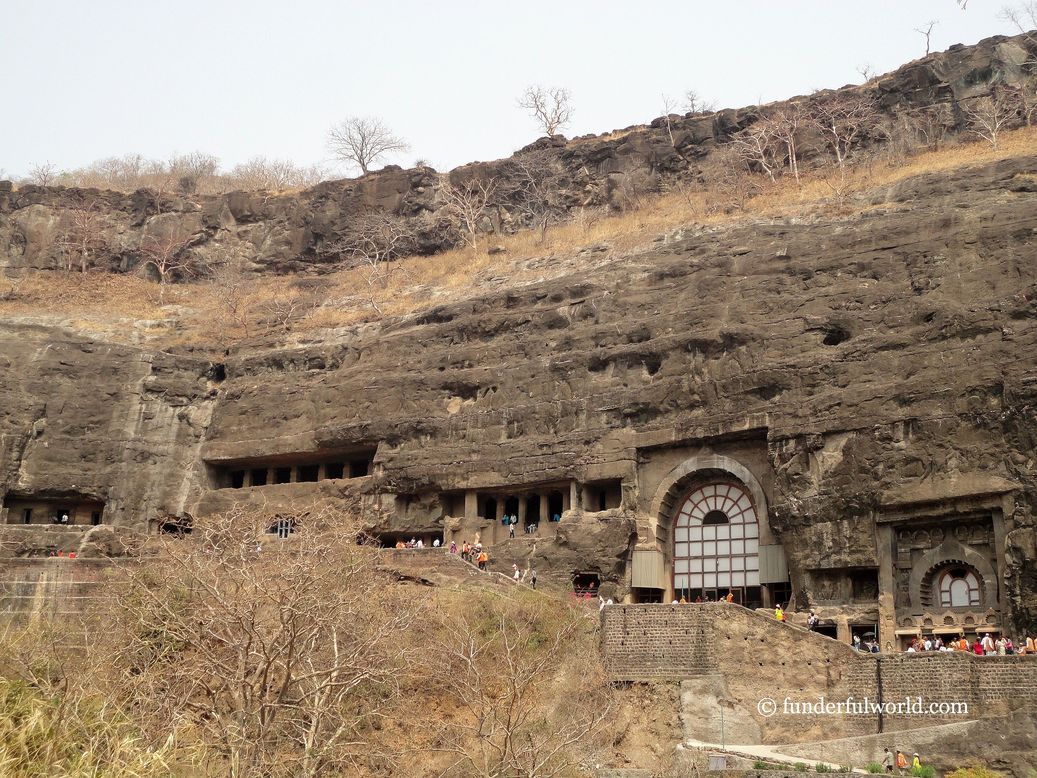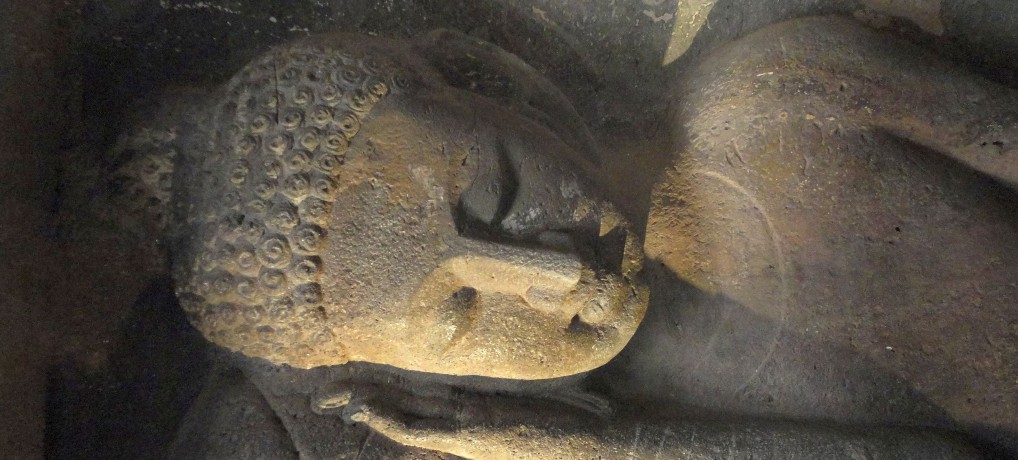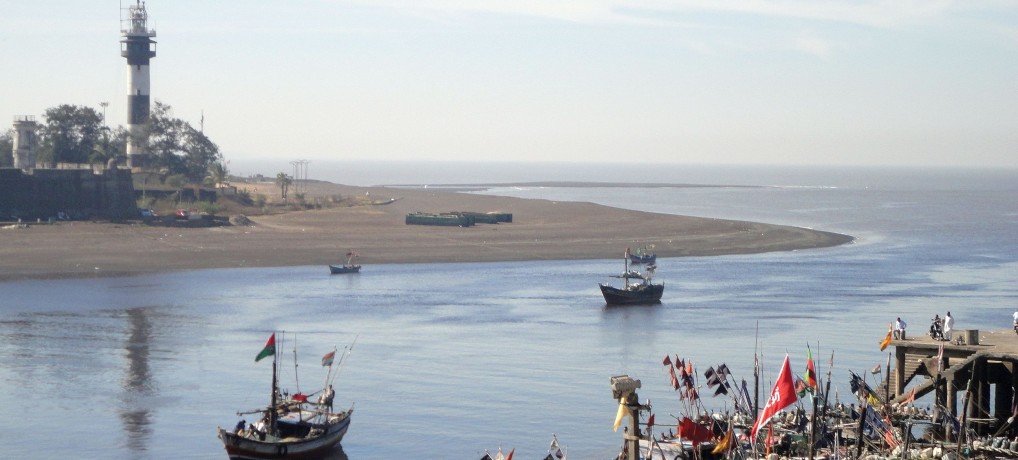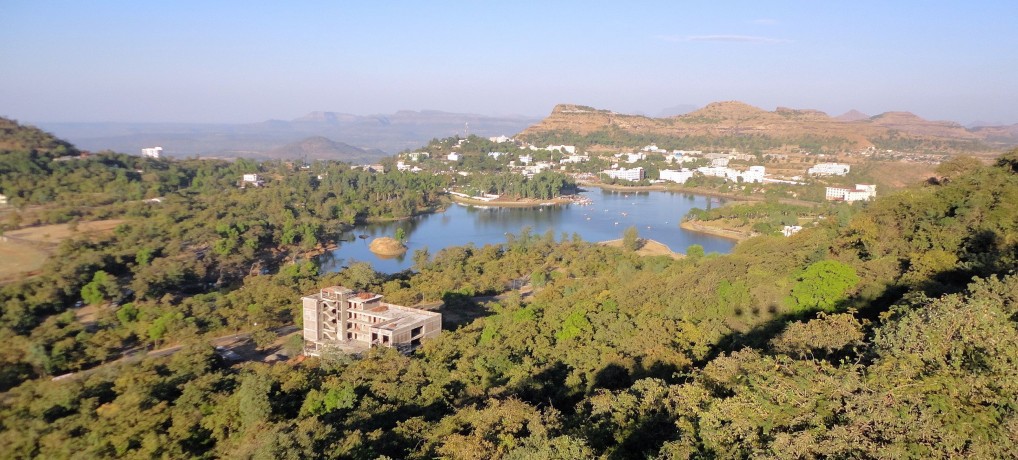View from Fort Tiracol. Tiracol, Goa, India.
From atop a hillock, we gazed at the shimmering waters of the Arabian Sea below. To the left, the Terekhol (Tiracol) river (hidden from our view) proceeded to its rendezvous with the sea. And beyond the river, in the distance, lay a clean sandy stretch of beach. We squinted our eyes and thought we saw a couple of tourists ambling along in the sand.
